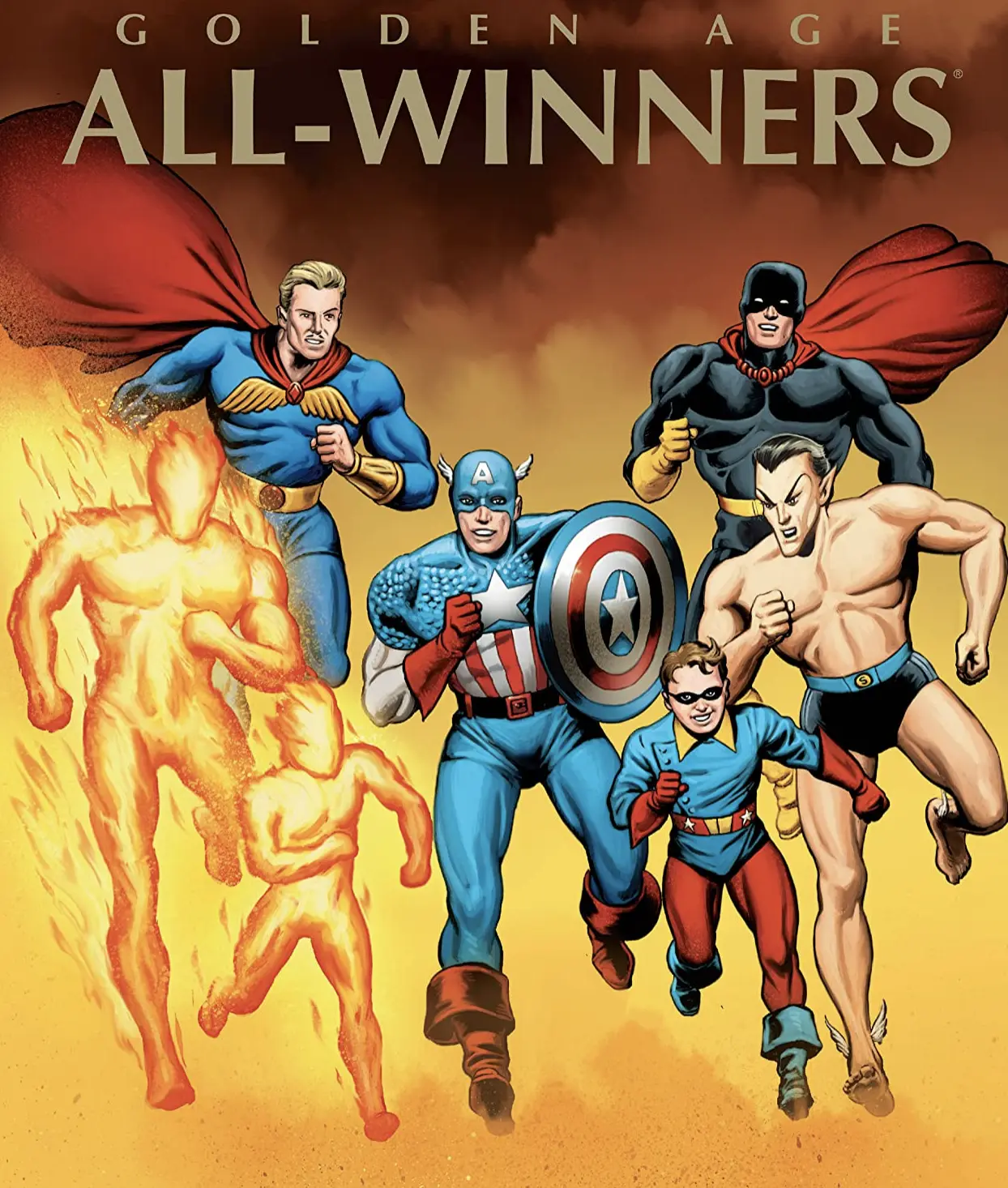Marvel Golden Age Reading Order: How to Read the First Marvel Comics Online and by Timeline
The Marvel Universe as we know it today wouldn’t exist without the foundation laid during its Golden Age. Spanning from 1939 to 1956, this era marked the birth of iconic heroes, patriotic themes, and classic storytelling that would influence generations. Whether you're a comic historian or a curious beginner, this guide will walk you through the Marvel Golden Age reading order—helping you discover how to read these stories online, understand their place in continuity, and explore how they shaped the modern Marvel Universe.
What is the Marvel Golden Age?
The Golden Age of Marvel Comics refers to the period when the company operated under the name Timely Comics. It was a time heavily influenced by World War II, where costumed heroes represented justice, patriotism, and moral clarity. These comics weren’t just entertainment—they were propaganda tools, morale boosters, and windows into the American psyche of the era.
While these stories feel very different from what you’d find in the Marvel 616 reading order today, they remain canon within the broader multiverse and are often revisited or referenced in modern continuity. Understanding these roots enhances appreciation of characters like Captain America, Namor, and even the Human Torch—who all made their debuts during this period.
Why the Golden Age Still Matters
These early comics introduced not just superheroes, but also the very idea of shared universes. While Marvel didn’t solidify its interconnected universe until the Silver Age, several characters from this period would later be folded into Earth-616 continuity. In fact, following the Marvel Silver Age reading order often leads you back to Golden Age flashbacks and origin retellings. Writers like Roy Thomas and Ed Brubaker have masterfully incorporated Golden Age lore into modern arcs.
Key Golden Age Characters
- Captain America – Debuted in Captain America Comics #1 (1941), fighting Nazis before the U.S. even joined WWII.
- Namor the Sub-Mariner – Marvel’s first antihero, first appearing in Marvel Comics #1 (1939).
- The Human Torch (Android) – Also debuted in Marvel Comics #1, not to be confused with Johnny Storm of the Fantastic Four.
- Bucky Barnes, Miss America, The Destroyer, and The Angel – Lesser-known but still influential Golden Age figures.

Photo: Marvel Fandom
The Golden Age Marvel Comics Reading Order (Chronological)
The list below provides a simplified Marvel reading order for the Golden Age, based on publication date. This list focuses on core titles and key appearances.
- Marvel Comics #1 (1939)
- Marvel Mystery Comics #2–92 (1939–1949)
- Captain America Comics #1–75 (1941–1950)
- Sub-Mariner Comics (1941–1955)
- Human Torch (1940–1949)
- All Winners Comics #1–21 (1941–1947)
- USA Comics (1941–1945)
- Young Allies (1941–1946)
To explore this full list in greater detail, check out the excellent timeline compiled by Marvel Guides.
Where to Read Golden Age Comics Today
Reading The Golden Age Marvel Comics online has never been easier. Marvel offers many of these classic stories via its subscription service:
- Marvel Unlimited – A legal way to read thousands of comics including Golden Age issues.
- Marvel Masterworks Reading Order – A curated hardcover/digital series that collects restored Golden Age comics in chronological order.
If you're looking to build your personal archive, there are also public domain resources (for early issues) and official digital editions available for purchase or library download. Just be cautious: while some Marvel Golden Age comics downloads exist online, not all are legal or of good quality.
Recommended Starting Points for Beginners
If you’re new to the Golden Age, here are a few key stories and runs worth reading first:
- Marvel Comics #1 – The origin point for both Namor and the Human Torch.
- Captain America Comics #1–10 – Early Cap stories with wartime themes and Red Skull debuts.
- All Winners Comics #4 – The first appearance of the All-Winners Squad (a precursor to the Avengers).
- Human Torch #5B – A pivotal Torch vs. Sub-Mariner crossover.
The Transition to the Silver Age
By the mid-1950s, interest in superhero comics began to wane, and many titles were discontinued. Marvel shifted its focus to horror, romance, and sci-fi. However, the seeds of the modern Marvel Universe were already planted. The Silver Age would reignite superhero popularity with Fantastic Four, Spider-Man, and others—many of whom inherited legacies started in the Golden Age. Readers following the Marvel Silver Age reading order will often encounter references and revivals of Golden Age characters.
How the Golden Age Shapes the Marvel Universe Today
Modern comics still pay tribute to this era. Stories like "The Marvels Project", "Captain America: The Truth", and Ed Brubaker’s Winter Soldier arc weave Golden Age continuity into today’s narratives. Even the Marvel Cinematic Universe draws from these roots—Captain America’s origin, Red Skull’s Hydra connection, and Namor’s debut in the MCU stem from this legendary period.
Final Thoughts
The Golden Age may be black-and-white in tone and artwork, but it laid the blueprint for everything that followed. By exploring this foundational era, you’ll gain a deeper appreciation for the heroes, the themes, and the storytelling that continue to evolve today. Whether you prefer physical editions, Marvel Masterworks reading order collections, or digital platforms, there’s a path for everyone.
If you're ready to dig deeper, you can find further reading on the Marvel Fandom Timely Comics portal.
Or if you’re ready for more, dive into the next chapter: the revolutionary Marvel Silver Age Reading Order
Leave a comment
Your email address will not be published. Required fields are marked *








